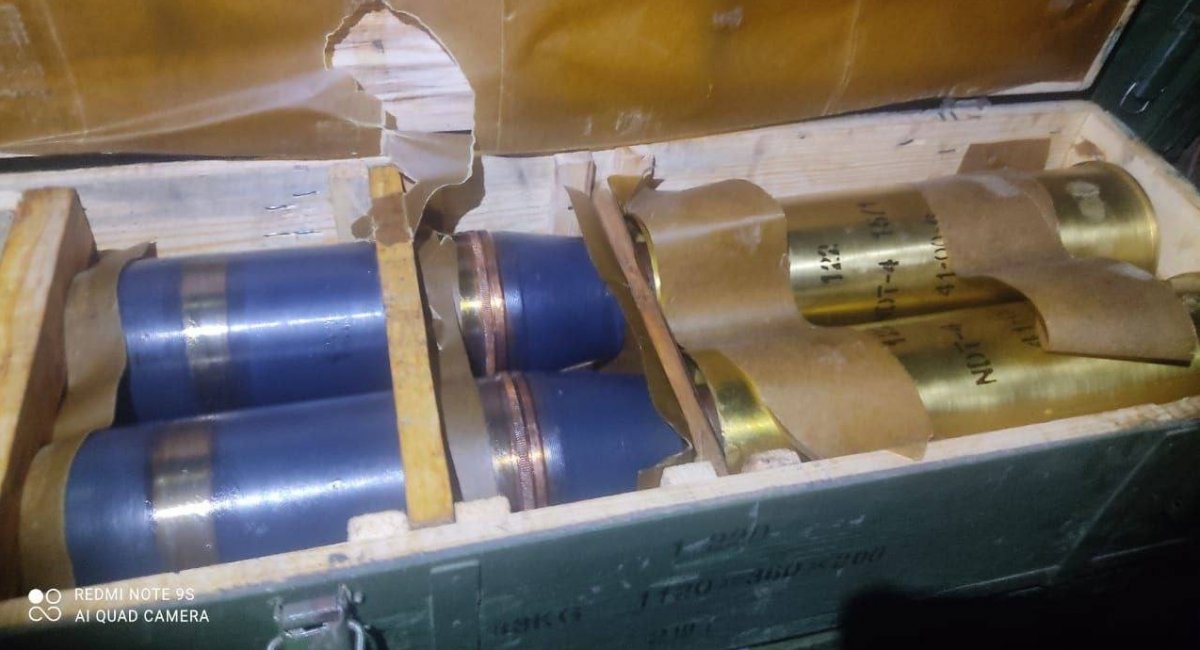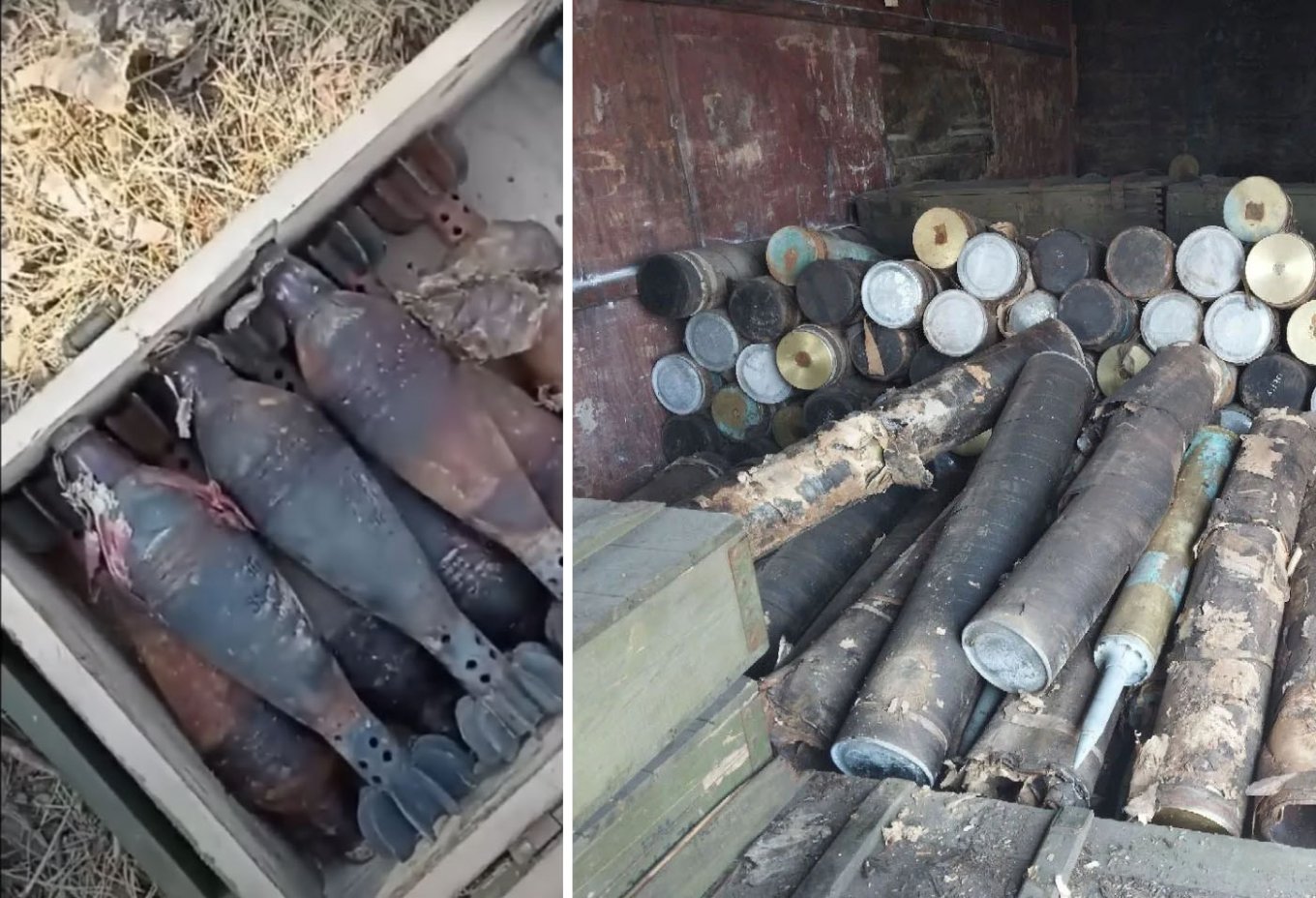
The DPRK supplies Russia with the entire range of artillery ammunition: shells, mines and missiles for the Grad
At the same time, the appearance of DPRK shells on the front line of the Russian army so quickly and en masse may indicate the real situation with ammunition in the Russian Federation in general
After South Korea’s intelligence finally uncovered North Korea’s systematic transfer of ammunition to Russia, they began to actively seek confirmation of its presence in Russian troops.
First, in late October, photos of 122-mm and 152-mm artillery shells appeared.
Recently, the news that the DPRK 🇰🇵 started to supply ammunition to the Russian army has become public.
Here are the first ever images of what was supplied: 122mm and 152mm HE-FRAG projectiles, which are already being issued to Russian artillerymen. pic.twitter.com/EmVpejBGDf
– 🇺🇦 Ukraine Weapons Tracker (@UAWeapons) October 20, 2023
A few days ago, 122-mm unguided rockets for the Grad multiple rocket launcher system, not just openly, but even with gratitude to “friends”.
#Russia / #Ukraine 🇷🇺🇺🇦: A #Russian soldier released a new video of 122mm Grad rockets which were recently received by Russian Troops.
The rockets appear to be rare R-122 HE-FRAG rockets with F-122 fuzes. These are produced and supplied by #NorthKorea/#DPRK 🇰🇵.#UkraineRussiaWar pic.twitter.com/jzaIpMJUfn
– War Noir (@war_noir) November 8, 2023
And now photos have emerged of allegedly 120-mm mortar shells, although they look very similar to Soviet ones.
If this assumption is correct, it means that the DPRK is supplying Russia with the entire range of artillery ammunition. This, of course, correlates with both the enemy’s need for shells and the estimated number of transferred shells in 10 separate batches that were recorded in early November starting in August this year.
At the same time, the very appearance of ammunition from the DPRK in Russia, and it can already be considered massive, reveals a rather important aspect. They immediately went to the front line, instead of lying down in warehouses where they had to wait for their turn to exhaust the ammunition according to the specified service life – first the older ones, then the newer ones. At least in better condition than the shells from Russian warehouses that appear online from time to time.

This, of course, does not exclude a scenario in which North Korean missiles are fired in parallel with newly produced Russian ones, or new Russian missiles are sent to reserve stocks.
However, this has little correlation with the information that the units that received the DPRK shells are actively looking for firing tables, which suggests more of an emergency decision.

